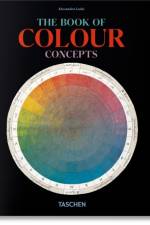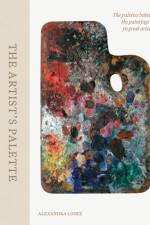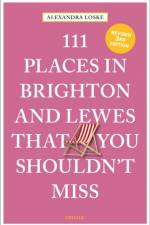av Alexandra Loske
501
A beautifully illustrated look at the paints and palettes used by many of the world's greatest artists from the sixteenth century to today What can the palette an artist used or depicted tell us about their artistic process, preferences, and finished works? From traditional wooden boards to paint pots, ceramic plates, and studio walls, these deceptively simple yet potent tools provide vital evidence. The Artist's Palette presents fifty unique palettes alongside paintings by the celebrated artists who used them, gathering expert analysis of color, brushstroke, and technique to offer new histories of these artists and their work. Alexandra Loske pairs each artist's color palette with one or more of their paintings, revealing how the artist used paints and pigments. While Georges Seurat meticulously arranged the paints on his palette in prismatic order, a pointillist technique reflected on his canvases, Kerry James Marshall uses blots of zinc white and smears of pale pink on the surfaces of symbolically oversized white palettes held by the Black artists in his portraits, raising provocative questions about the role of color in Black history and Western art. Through these and other compelling accounts, Loske shows how, behind every great painting, there is a palette that tells its story. Featuring a wealth of original photographs of palettes, paints, and pigments of all kinds, The Artist's Palette takes readers into the studios of artists from Artemisia Gentileschi, Rembrandt, Paul Cézanne, Vincent van Gogh and John Singer Sargent to Egon Schiele, Georgia O'Keeffe, Helen Frankenthaler, Lucian Freud, and Keith Haring, revealing how the materials and tools they used hide secrets and are often reflections of the life and times of the artist who once held, prepared, and used them.







